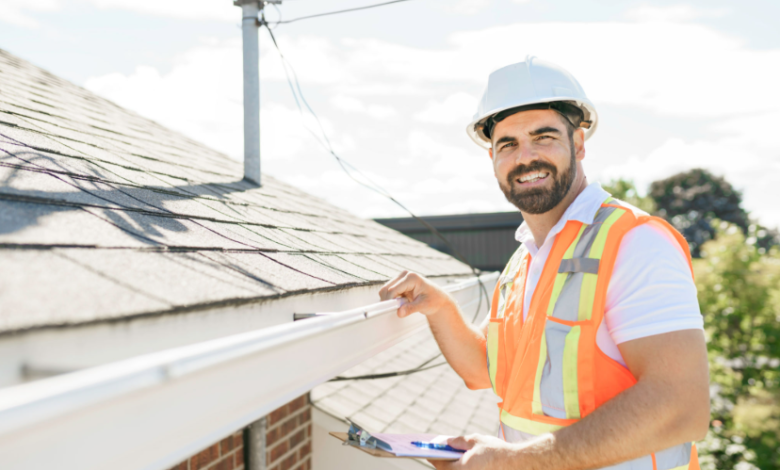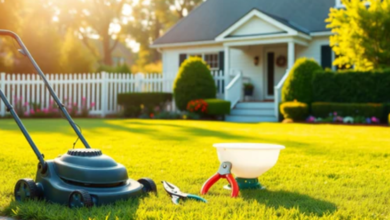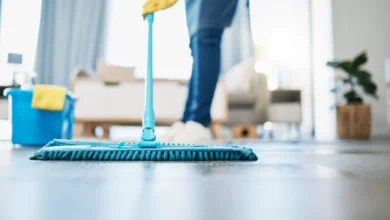The Most Common Roofing Issues and How to Fix Them

Your roof is one of the most essential parts of your home. It protects you from the weather, helps regulate your indoor temperature, and contributes to your property’s overall value. However, like any part of a house, roofs are prone to wear and damage over time. Understanding the most common roofing issues and how to fix them can save you time, money, and a whole lot of stress.
Whether you’re a homeowner, property manager, or business owner, here’s a breakdown of frequent roofing problems and practical solutions.
1. Leaks and Moisture Damage
Roof leaks are by far the most common roofing problem. They can occur for various reasons, such as cracked flashing, broken shingles, or worn sealant around vents and chimneys. Water intrusion not only damages ceilings and walls but can also lead to mold, mildew, and structural decay.
The first step is to find the source of the leak, which isn’t always directly above the visible water stain inside. A professional roofer can inspect the area and repair or replace the damaged section. Applying waterproof sealants or replacing flashing around vents and chimneys often solves the issue.
2. Missing or Damaged Shingles
Shingles can become damaged or dislodged due to wind, hail, or simple aging. Missing shingles expose your roof to the elements, increasing the risk of leaks and further deterioration.
Damaged or missing shingles should be replaced as soon as possible. Roofing repair contractors can remove the affected shingles and install new ones that match your existing roof. For older roofs, check for widespread wear and consider a partial or complete replacement.
3. Clogged or Damaged Gutters
Your gutters are designed to divert rainwater away from your roof and foundation. When they become clogged with leaves, dirt, or debris, water can back up onto the roof, leading to leaks and rot.
Regular gutter cleaning, especially in the fall, is essential. If your gutters are sagging or broken, roof repair or replacement may be necessary. Installing gutter guards can also help prevent future clogs and extend the life of your gutter system.
See also: Benefits of Lutron Home Automation for Residential and Commercial Spaces
4. Ponding Water on Flat Roofs
Flat or low-slope roofs can accumulate standing water, especially after heavy rain. Ponding water stresses the roofing material and increases the risk of leaks and structural damage.
Improving drainage is key. This may include installing additional drains or tapered insulation to promote water runoff. A roofing contractor may also suggest resurfacing the roof with a waterproof membrane to prevent water infiltration.
5. Cracked or Worn Flashing
Flashing is the metal or plastic seal placed around chimneys, vents, skylights, and other roof features. Over time, flashing can crack, corrode, or loosen, allowing water to seep beneath the roofing surface.
Damaged flashing should be replaced with new material and properly sealed. A professional roofer should do this detailed job to ensure a watertight finish.
6. Roof Ventilation Problems
Improper ventilation can lead to heat and moisture buildup in the attic, which causes shingles to deteriorate prematurely. It can also lead to increased energy bills and issues like mold and mildew.
Your roofing contractor can assess your attic ventilation system and recommend solutions, such as adding soffit vents, ridge vents, or attic fans. Proper airflow reduces moisture and helps regulate temperature, extending the life of your roof.
7. Roof Punctures and Holes
Punctures and holes can result from hail, falling branches, or even foot traffic during maintenance. These small openings can allow water and pests to enter your home.
Small punctures can often be patched with roofing cement or sealant. Larger holes may require the replacement of roofing materials and the underlying structure. A licensed roofing contractor should assess the damage and determine the best course of action.
8. Shrinkage and Blistering
Certain types of roofing, especially synthetic rubber (EPDM) or other membrane systems, may shrink or blister over time due to sun exposure and weather extremes. This can lead to cracks, splits, and holes in the surface.
Patching the affected area may suffice for minor blistering or shrinkage. However, widespread damage often requires more extensive repair or membrane replacement by a roofing specialist.
Don’t wait until a small leak becomes a major headache. If you suspect any of the issues mentioned above, contact a trusted roofing repair contractor for a professional assessment.




